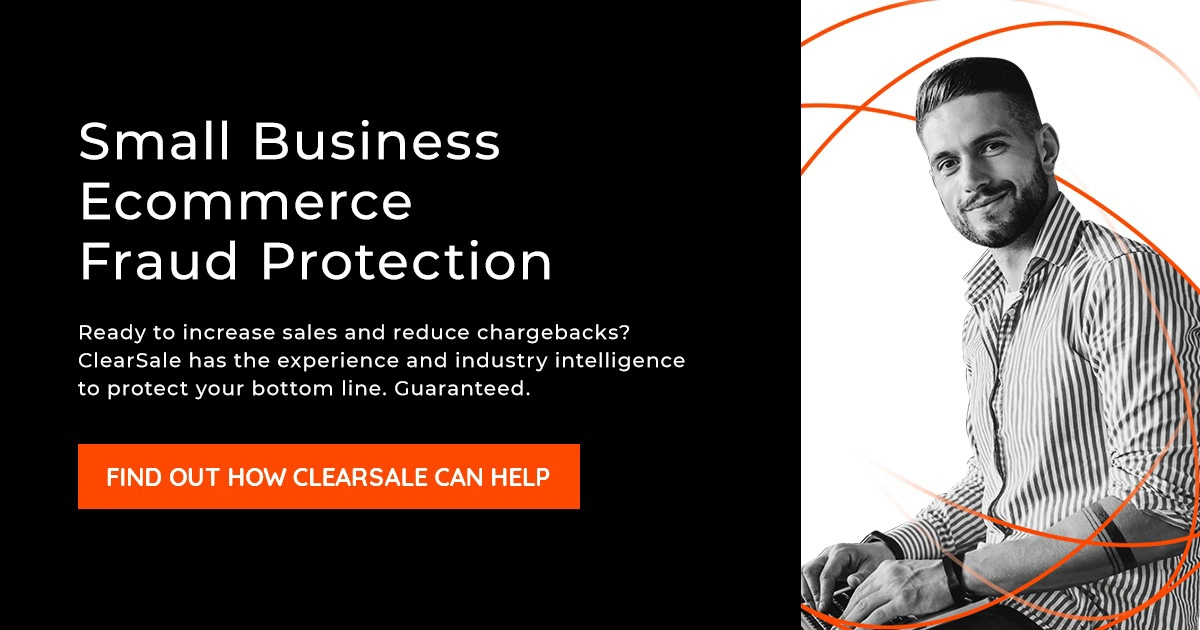Why ClearSale is Your Ideal Replacement for Shopify's Fraud Filter
Shopify is undeniably the gorilla in the ecommerce platform room. And for good reason. With platform sales for 2023 at USD$235.9 billion, Shopify accounts for 10.3% of the global ecommerce platform market. Since Shopify sunset its fraud filter on January 31, 2025, merchants are facing a critical decision about protecting their businesses. This isn't just about replacing one tool with another – it's an opportunity to significantly upgrade your fraud protection strategy.
The simple fraud detection methods of yesterday no longer match today's sophisticated threats. Modern fraudsters employ complex techniques like synthetic identity fraud, account takeovers, and advanced bot networks that easily bypass basic filters. While Shopify's basic fraud filter served as essential "training wheels" for many merchants, today's e-commerce environment demands more robust solutions.
Why ClearSale Stands Out for Shopify Merchants
ClearSale offers a seamless transition that not only replaces your existing protection but dramatically enhances it with enterprise-grade security designed specifically for the Shopify ecosystem.
Get Most Order Decisions Within Seconds
Our technology instantly processes every transaction through our proprietary statistical model, assigning each a comprehensive fraud score:
- Legitimate orders are approved instantly
- Potentially fraudulent orders are quickly reviewed by our expert team
- You maintain sales momentum while staying protected
Set Up ClearSale in Three Easy Steps
- Retrieve the plugin for your Shopify store
- Enable the ClearSale module
- Start monitoring your orders on your ClearSale dashboard
Need a custom integration? Our dedicated client service team provides personalized support throughout the process.
Eliminate Chargebacks and False Declines
ClearSale offers three service levels to match your business needs, with our Complete Decision service including our Chargeback Guarantee. We pride ourselves on maintaining the highest approval rates and lowest false decline rates in the industry, allowing you to grow confidently while staying protected.
Choose Your Perfect Protection Level
Instant Decision ClearSale
Instant Decision ClearSale is a 100% outsourced solution that delivers real-time decisions fast – we’re talking milliseconds! With three layers of protection – AI model, fraud rules and our global database – you’ll know instantaneously if a fraud attempt has been made.
Automatic Decision ClearSale
Automatic Decision ClearSale is a 100% outsourced solution that identifies fraud in under one minute! you will be notified in less than one hour that a fraud attempt has been made. Four layers of protection – enhanced AI models, fraud rules, our global fraud database and external sources – ensure that decisions and notifications are delivered with higher accuracy.
Complete Decision ClearSale
Complete Decision ClearSale is a 100% outsourced solution that auto-approves valid orders, blocks fraud, and flags suspicious orders for analysis. You can rely on five layers of protection – enhanced AI models, fraud rules, our global fraud database, external sources and secondary review – to ensure the highest decision accuracy in the industry. Choose from three notification SLAs: Express, Plus and Custom. Complete Decision ClearSale is also eligible for ClearSale’s Chargeback Guarantee.
Complete Decision auto-approves valid orders, blocks fraud, and flags suspicious transactions for analysis. Choose from Express, Plus, or Custom notification SLAs, and benefit from our industry-leading Chargeback Guarantee.
Beyond Basic Filtering
Unlike basic rule-based systems that fraudsters have learned to circumvent, ClearSale delivers a sophisticated approach that evolves with emerging threats. Our advanced machine learning algorithms continuously adapt to new fraud patterns, analyzing hundreds of data points in real-time for each transaction. The system recognizes subtle behavioral anomalies that would go unnoticed by conventional tools, while our extensive global fraud intelligence network draws insights from millions of transactions across different markets and industries to identify emerging threats before they can impact your business.
The Human Touch Advantage
What truly sets ClearSale apart is our unique combination of cutting-edge technology with expert human analysis. Our specialized fraud analysts bring years of experience to every suspicious transaction, providing nuanced judgment that no algorithm alone can match. This means you'll never again spend sleepless nights worrying about that large order you approved or the potential chargebacks that might follow. With ClearSale's team monitoring your transactions around the clock, every decision is informed by both comprehensive data analysis and seasoned expertise. When a suspicious order arrives, you essentially have an entire team of fraud prevention specialists working to protect your business while maximizing legitimate sales.
Making the Switch is Seamless
Transitioning to ClearSale couldn't be more straightforward. Our process begins with a simple app installation directly from the Shopify marketplace, after which your dedicated implementation specialist personally guides you through each step of the setup. Our technical team handles all the complex configuration work behind the scenes, allowing you to focus entirely on running your business without interruption. Throughout the transition, your store remains continuously protected, ensuring not a single transaction goes unmonitored during the changeover from Shopify's sunsetting fraud filter.
A Long-Term Partner in Your Success
With ClearSale, you're gaining more than just a service provider – you're welcoming a committed partner invested in your business growth. We conduct regular performance reviews to ensure your protection remains optimized, continuously fine-tuning your fraud prevention settings as your business evolves. Our teams proactively monitor for new fraud patterns that might target your specific industry or region, automatically adjusting your protection without requiring any action on your part. When you're ready to expand into new markets or launch major sales initiatives, our strategic support team works alongside you to prepare customized protection strategies that scale seamlessly with your business growth, turning robust security into a genuine competitive advantage.
The sunset of Shopify's fraud filter isn't a challenge – it's your opportunity to implement superior protection that drives your business forward while enabling growth into new markets with confidence.
Ready to see how easy the switch can be? Let's talk about protecting your business with ClearSale.

 Bruno Farinelli
Bruno Farinelli

